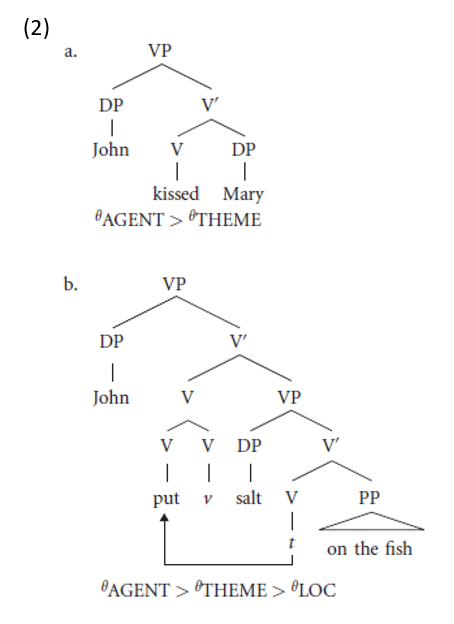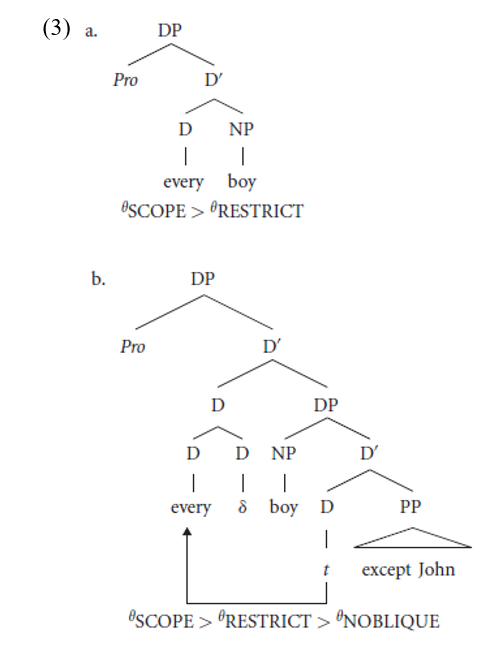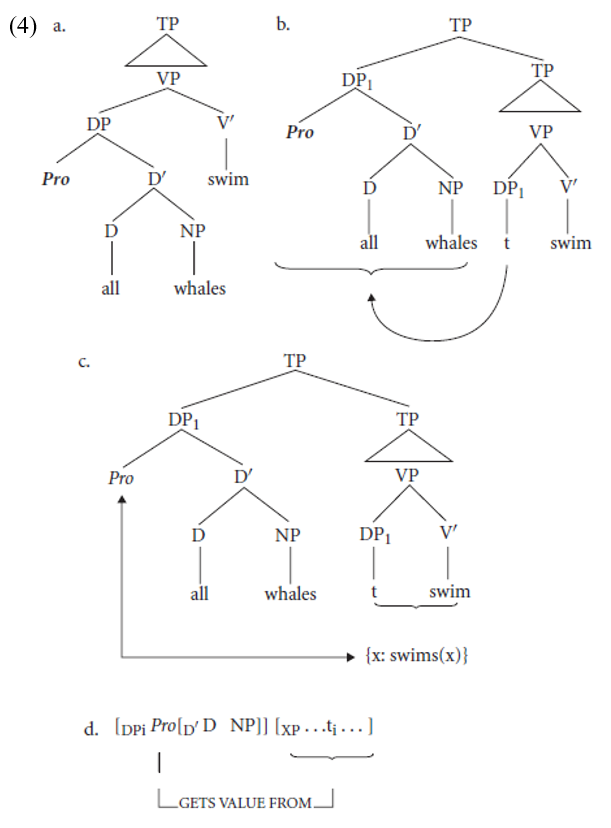

Grammar


Tenses


Present

Present Simple

Present Continuous

Present Perfect

Present Perfect Continuous


Past

Past Continuous

Past Perfect

Past Perfect Continuous

Past Simple


Future

Future Simple

Future Continuous

Future Perfect

Future Perfect Continuous

Passive and Active


Parts Of Speech


Nouns

Countable and uncountable nouns

Verbal nouns

Singular and Plural nouns

Proper nouns

Nouns gender

Nouns definition

Concrete nouns

Abstract nouns

Common nouns

Collective nouns

Definition Of Nouns


Verbs

Stative and dynamic verbs

Finite and nonfinite verbs

To be verbs

Transitive and intransitive verbs

Auxiliary verbs

Modal verbs

Regular and irregular verbs

Action verbs


Adverbs

Relative adverbs

Interrogative adverbs

Adverbs of time

Adverbs of place

Adverbs of reason

Adverbs of quantity

Adverbs of manner

Adverbs of frequency

Adverbs of affirmation


Adjectives

Quantitative adjective

Proper adjective

Possessive adjective

Numeral adjective

Interrogative adjective

Distributive adjective

Descriptive adjective

Demonstrative adjective


Pronouns

Subject pronoun

Relative pronoun

Reflexive pronoun

Reciprocal pronoun

Possessive pronoun

Personal pronoun

Interrogative pronoun

Indefinite pronoun

Emphatic pronoun

Distributive pronoun

Demonstrative pronoun


Pre Position


Preposition by function

Time preposition

Reason preposition

Possession preposition

Place preposition

Phrases preposition

Origin preposition

Measure preposition

Direction preposition

Contrast preposition

Agent preposition


Preposition by construction

Simple preposition

Phrase preposition

Double preposition

Compound preposition


Conjunctions

Subordinating conjunction

Correlative conjunction

Coordinating conjunction

Conjunctive adverbs


Interjections

Express calling interjection


Grammar Rules

Preference

Requests and offers

wishes

Be used to

Some and any

Could have done

Describing people

Giving advices

Possession

Comparative and superlative

Giving Reason

Making Suggestions

Apologizing

Forming questions

Since and for

Directions

Obligation

Adverbials

invitation

Articles

Imaginary condition

Zero conditional

First conditional

Second conditional

Third conditional

Reported speech


Linguistics

Phonetics

Phonology


Semantics


Pragmatics

Linguistics fields

Syntax

Morphology

Semantics

pragmatics

History

Writing

Grammar

Phonetics and Phonology


Reading Comprehension

Elementary

Intermediate

Advanced
A thematic analysis of DP
المؤلف:
RICHARD LARSON AND HIROKO YAMAKIDO
المصدر:
Adjectives and Adverbs: Syntax, Semantics, and Discourse
الجزء والصفحة:
P50-C3
2025-04-06
56
A thematic analysis of DP
In DP quantification, the set Y is normally given by the internal argument of D: the nominal that D combines with, usually referred to as “the restriction on quantification.” The set X is given by the external argument of D: the expression that DP is adjoined to, usually called “the scope of quantification.” Larson (2000c) suggests that notions like scope and restriction be understood as thematic roles assigned by determiners to their set arguments, and ordered into a hierachy as shown in (1a). On this proposal, there is a hierarchy of Ë-roles for D, parallel to, but distinct from, the hierarchy of Ë-roles for V (1b).

The parallel thematic analysis of D and V allows for a parallel account of structure. In the shell theory of Larson (1988, forthcoming), transitive VPs receive a simple binary branching structure (2a), whereas ditransitive Vs receive a structure containing a phonetically null “light verb” that triggers V-raising (2b).

In both cases, arguments appearing higher in structure (as expressed by c-command) receive Ë-roles that are correspondingly higher on the thematic hierarchy.
In a similar way, DPs can be assigned a structure that reflects the thematic hierarchy for D. Simple quantificational DPs correspond to transitive structures and receive the binary branching structure in (3a). “Ditransitive” (that is, triadic) determiners like every . . . except or more . . . than receive a structure containing a phonetically null “light determiner” that triggers D-raising (3b).

Here Pro is a pro-predicate argument corresponding to the scope, whose content is given by the phrase that DP is sister to at LF (4a–d).

The same analysis applies straightforwardly to examples with a quantified DP object. Again, note that in (3a, b) (set) arguments appearing higher in structure (as expressed by c-command) receive Ë-roles correspondingly higher on the thematic hierarchy.